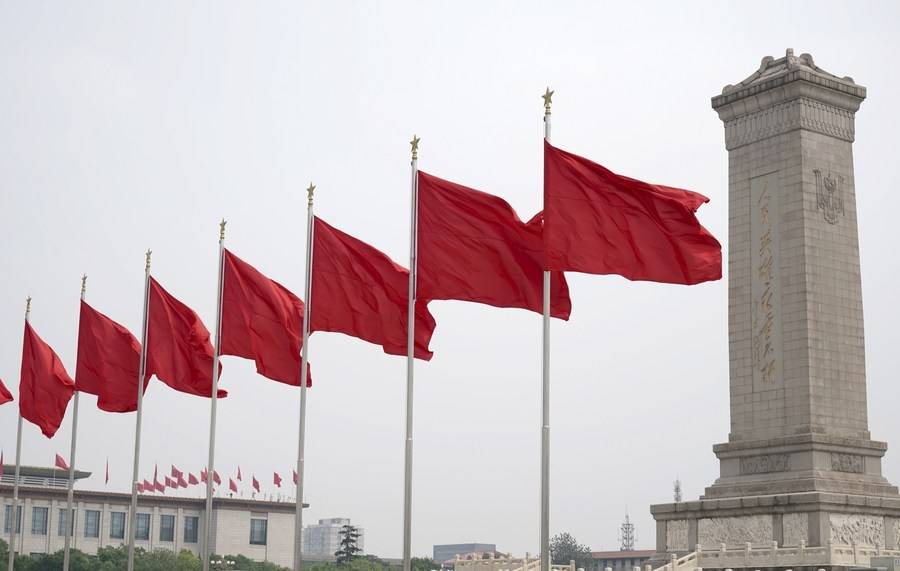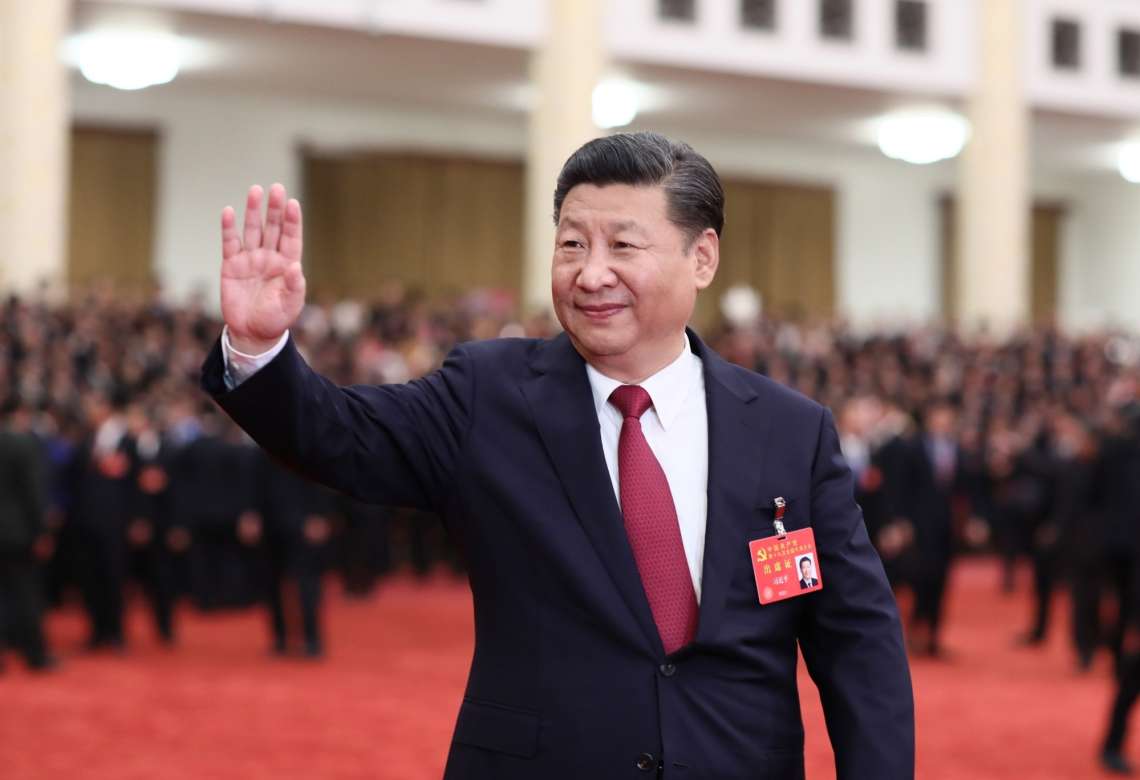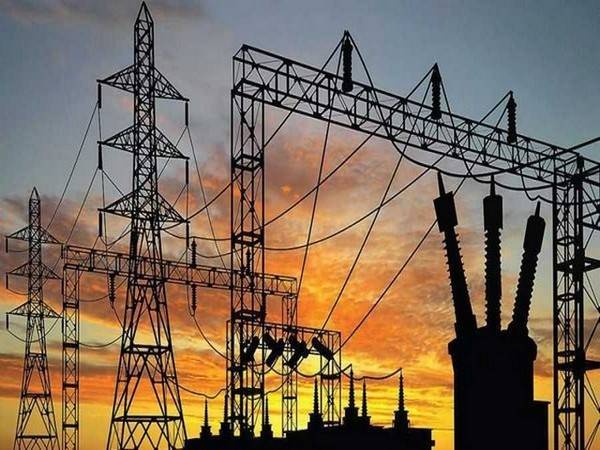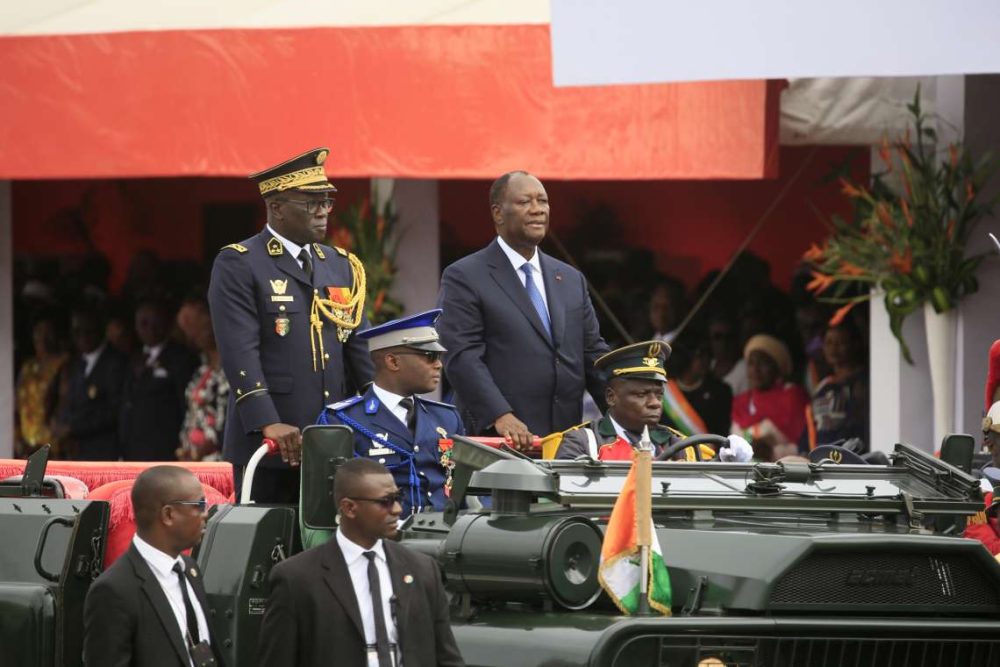Green energy total engagement (solar, wind, hydro) in H1 2022 dropped by 22 per cent compared to H1 2021 to about USD 3 billion…reports Asian Lite News
China’s finance and investment spending in Belt and Road countries fell to USD 28.4 billion in the first half of 2022 as compared to USD 29.6 billion a year earlier, with no new engagements in Russia, Egypt and Sri Lanka, as per a research.
According to research published on July 24 by Shanghai-based Green Finance and Development Center (GFDC), multiple countries saw a 100 per cent drop in BRI engagement compared to H1 2021, such as Russia, and Egypt, while China’s engagement in Pakistan for the China Pakistan Economic Corridor (CPEC) dropped by about 56 per cent.
Moreover, no coal projects received financing or investments in the first half of 2022.

Since 2013, cumulative BRI engagement amounts to USD 932 billion, about USD 561 billion in construction contracts, and USD 371 billion in non-financial investments. Oil and gas investments constituted about 80 per cent of Chinese overseas energy investments and 66 per cent of Chinese construction contracts.
Green energy total engagement (solar, wind, hydro) in H1 2022 dropped by 22 per cent compared to H1 2021 to about USD 3 billion, as per the GFDC research.
Average deal size for construction projects is getting smaller, dropping from USD 558 million in 2021 to USD 325 million in H1 2022. Major recipient of Chinese investments was Saudi Arabia, while various countries saw no Chinese engagement in H1 2022, including Russia, Sri Lanka, and Egypt.
BRI engagement in H1 2022 was dominated by state-owned companies (SOEs). In 2021, global FDI into emerging economies developed significantly faster growing 40 per cent (excluding FDI into China) compared to China’s BRI investments.
For the second half of 2022, much uncertainty can be expected with Chinese BRI engagement to stable at lower levels.
Potential engagement can be found in five project types: strategic assets (including ports), trade-enabling infrastructure (including pipelines, and roads), Information and Communications Technology (e.g., data centres) resource-backed deals (e.g., mining, oil, gas), high visibility projects (e.g., railway).
BRI engagement dropped significantly in the second quarter of 2022 compared to the first quarter. Cumulative BRI engagement since the announcement of the BRI in 2013 is USD 932 billion, about USD 561 in construction contracts, and USD 371 in non-financial investments.
Chinese BRI engagement was not evenly distributed among all regions. Countries in East Asia saw their share of investments drop from 48.8 per cent in H1 2020 to 10.7 per cent in H1 2022. (ANI)














